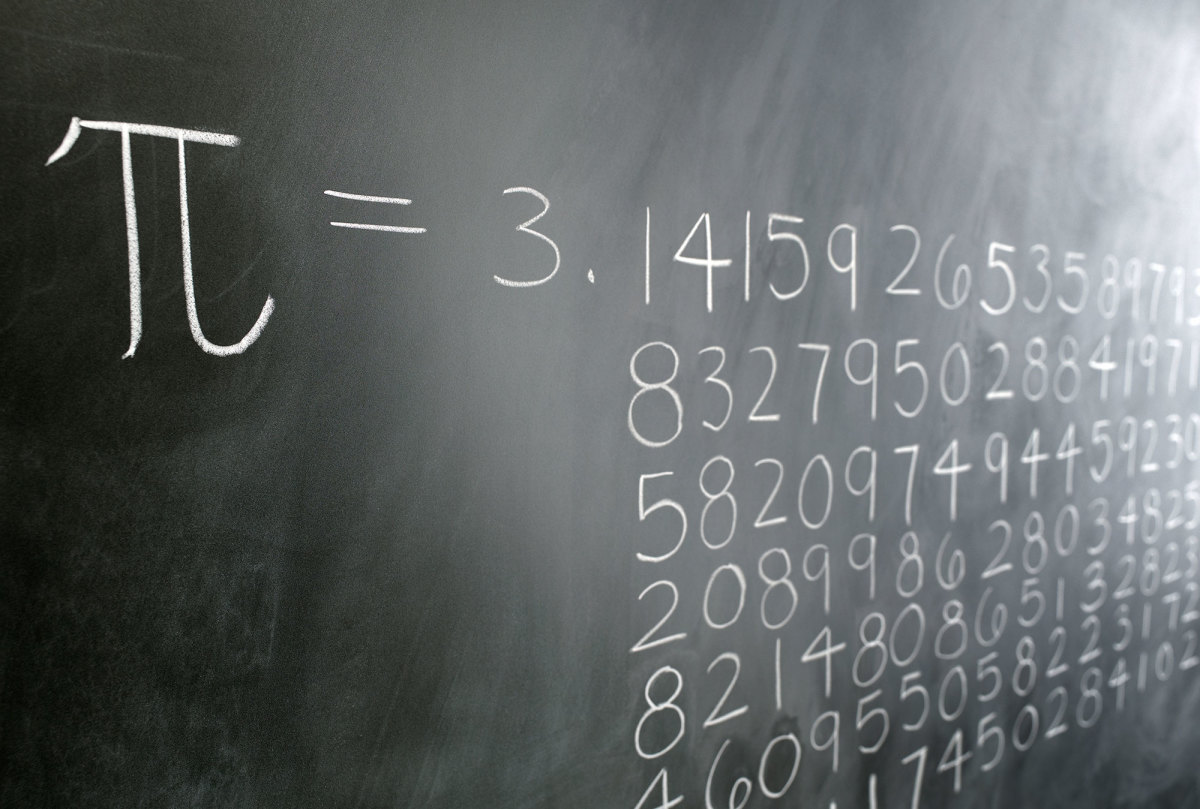From the ancient Greeks to modern mathematics, the concept of Pi has captivated the minds of mathematicians and laypeople alike. Its mysterious and irrational properties have provided a source of endless fascination and perplexity. This article will explore the history and uses of Pi, as well as its applications in modern mathematics. Discover the fascinating nature of this numerical constant and why it continues to intrigue us all.
In our junior-high school, we have all encountered this strange symbol π and learned its close association with properties of a circle, but in order to understand pi in-depth and why it holds the value does, we need to take a few steps back and understand it fundamentally.
HISTORY AND ITS IRRATIONAL NATURE
In the past 4000 years, ever since its invention, the exact value of pi has remained nothing more than just, an approximation. It was first calculated by Archimedes of Syracuse(287-212 BC) and has been resolved upto 5 trillion decimal places in August 2, 2010 by desktop computer in record time. The sequence of numbers after the decimal places are so randomly and without any pattern, that many sequences of numbers we use in our personal life, (such as a birth date) could be found as a sub-sequence.
Needless to say, pi is non-recurring, non-terminating decimal number that converges up to an infinite decimal places. There is no discernible pattern that exists in its decimal places and hence, cant be resolved up to its exact value.
COMMON MISCONCEPTION
The value of pi is NOT 22/7. As mentioned before, pi is irrational(cannot be resolved as a fraction). This improper fraction is an approximation used in everyday mathematics as an efficient memory tool.It’s exact value proceeds in the following manner, π = 3.1415926535……, whereas the value of 22/7 is 3.14285710….. They hold the same value only upto 2 decimal places, which is the range used during simple calculations.
WHY PI IS NON-TERMINATING

Non terminating number such as 0.9999999999…… hold a very finite value, as understood from the concepts of limits and even simple inspection. In one of our previous article, we have understood why its value is nothing more or less than 1. These numbers exist usually as a fraction, i.e. a relation between two integers. But, when non-terminating numbers are also non-recurring, they are unique and its exact value can’t be known.
There exists several formulas for evaluating pi, given in this article,
WHAT IS PI?
Pi is exactly the ratio of a circle’s circumference to its diameter. If this is so, one cant help but conclude that if diameter is rational, its circumference must be irrational for pi to be irrational!! The converse is also true, but why is it so?
MATHEMATICAL EXACTITUDE OF STRAIGHT LINE DISTANCE
For a circle of diameter d, its diameter is πd . This irrational value arises due to the chosen standard of measurement. When we calculate the perimeter(generic word for what is considered as diameter for a circle) of a straight line objects, we are essentially resolving it upto infinity leaving no room for error. i.e. a length of 3 units is 3 units only! The same cannot be said for π or any other irrational number.
The very definition of “distance”, varies with the context. The following video discusses the different values pi can hold (other than 3.14………)with changing definition of length.
The different systems of metrics, has its own sets of constraints as far as motion is concerned. The taxi-cab metric in the video restricts measurable movement only in the north-south, east-west cardinal directions and nothing in-between. The most natural form of measuring standard the L2 metric(used in Euclidian 2-d distance formula) is the most intuitive and commonly used. But there is a certain pitfall of taking measurements strictly in this manner.
ERROR IN MEASURING CIRCLE
A circle is a continuous curve, and like all curves, it cant be measured with straight lines no matter how small, without some error. During integration, we have assumed an extremely small segment of the curve to be straight. This again, is an assumption!! A small circle, even if magnified to a great extent still remains a part of a curve. i.e. their tangents intersect each other after a large, albeit a finite distance. Through the very act of measuring a curve, we are assuming that it consists of small straight lines meeting each other at a little less than 180 degrees, after a certain limit. We can imagine a circle to be a n-sided polygon where n approaches infinity. This infinite value of n is never taken into account and is assumed to be finitely large that. Thus, the circumference of a circle, given that its diameter is rational, cannot be resolved up to its exact value. π is the constant representing this ambiguity and mismatch. It is an factor that handles the error that emerges from measuring a curve in the L2 metric system .
If you have a better explanation as to why ,pi is non-recurring non-terminating, post your answers in the comment section or e-mail us personally at revanent.creatives@gmail.com

Pi deMystified
https://www.sufi-yane.com/pi-demystified.html
LikeLike